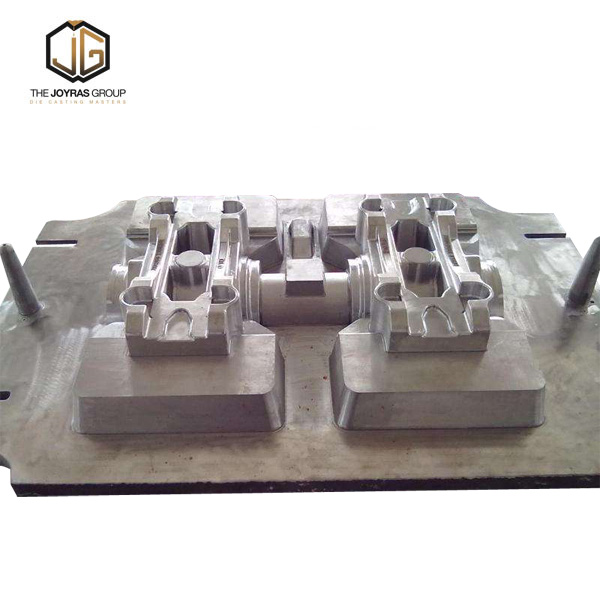What is the difference between tooling and mold?
2024-09-13
Tooling and mold are two terms that are often used interchangeably in the manufacturing industry. However, there are some key differences between the two that are worth knowing.
Tooling refers to the process of making a tool or set of tools used in manufacturing. This can include jigs, fixtures, templates, and cutting tools, among others. Tooling is often used to shape and manipulate raw materials to create finished products. It involves the use of machines such as CNC milling machines, lathes, and presses to create tools.
Molds, on the other hand, refer to the process of creating a cavity or mold used to mold raw materials into a specific shape. Molds are often used to make products such as plastic parts, sheet metal, and ceramics. They are made using materials such as silicone, rubber, or metal. Molds are designed to withstand high temperatures and pressures and are often very precise to ensure that the finished product meets the desired specifications.
There are several key differences between tooling and molds. One of these is the material used. Tools are usually made of metal, while molds can be made of a variety of materials such as plastic, silicone, or metal. Additionally, tools tend to be more complex and more sophisticated than molds. For example, a tool may include a series of different components that work together to shape a material. On the other hand, a mold is typically a single piece used to mold a material into one specific shape.
Another major difference between tooling and molds is the type of product being manufactured. Tooling is typically used to produce smaller, more precise parts, such as those used in electronic devices or medical equipment. Molds, on the other hand, are used to make larger products, such as automotive parts or kitchen appliances.
There are also differences in the manufacturing process when it comes to tooling and molds. Tooling typically involves a more complex set of steps, as the tooling must adapt to different products and materials. Moldmaking, on the other hand, is typically a simpler process, as the mold is created to mold a specific product.
Despite these differences, both tooling and molds are key components in the manufacturing process. Both are used to create high-quality products that meet specific customer needs. Understanding the differences between the two can help manufacturers choose the best method to produce their products.
In summary, while tooling and molds may seem similar, there are important differences between the two that are worth knowing. Tooling involves creating tools used to mold materials, while moldmaking involves creating molds that mold materials into specific shapes. Each method has its own advantages and disadvantages, depending on the product being manufactured and the specific requirements of the manufacturing process.






